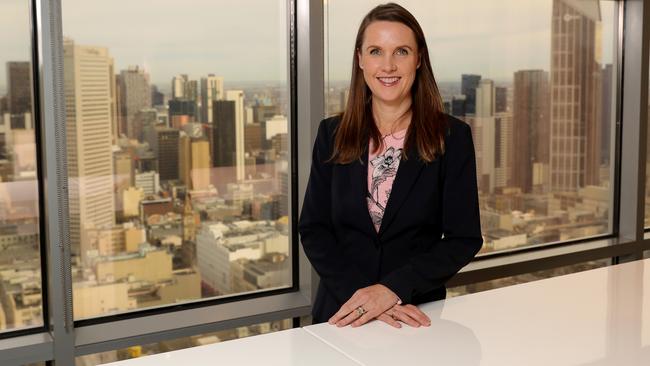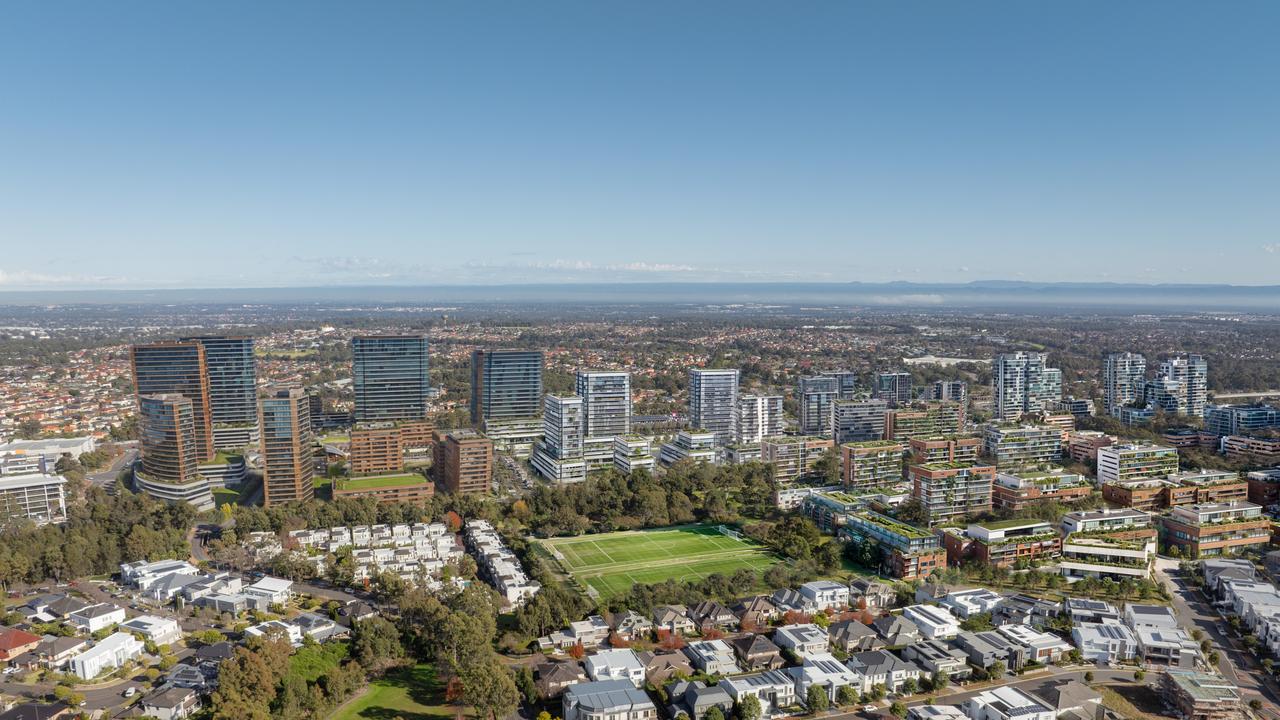Nicole Connolly: Income on tap for all investors
Nicole Connolly’s Infrastructure Partners Investment Fund allows investors to directly invest in infrastructure assets.

Every super survey seems to be showing industry funds have the edge and it seems to be because they invest in infrastructure. Why don’t the retail funds just copy them?
I think the retail funds probably have a greater desire for liquidity, and their members require more liquidity than the industry funds. Certainly some retail funds are investing in infrastructure but it’s mainly listed rather than unlisted.
You are doing even better than many industry funds with annual 9.5 per cent returns. Can this continue?
Well, it’s been 9.5 per annum since inception in January 2016. But this is why is we have a 50 per cent split target on growth and regulated assets. The regulated assets offer more certainty over income since the regulator sets the allowable return over a five-year period. So you know what that is. As for our growth assets: we’re currently in an increased interest rates environment … well (laughs) … that’s debatable actually (laughs) … they could be lower for longer considering current events. Anyway I’d say in an increasing rates environment, where there is pressure on valuations to come down a little … growth assets do a little better.
The Infrastructure Partners Investment Fund is unlisted … will it stay that way?
Yes. In my experience, that’s the benefit of the asset class. They provide stability, less volatility, and more diversification compared to funds dominated by cash, stocks and property.
How did you end up at IPIF?
I’ll take you back (laughs). I started at Telstra Super in 1999 and ended up head of alternative investments after 10 years and covered all their hedge fund and infrastructure programs. That included doing due diligence, selecting appropriate funds. After leaving Telstra, I took on a similar role at Russell Investments. Essentially I’ve covered the infrastructure sector for nearly 20 years and I know all the managers in that space.
And what was the gap you saw in the market?
The common theme with the big funds is there are open-ended fund structures and they were created to benefit the privatisation pushes of the early to mid-90s. They are tightly held and difficult to access. The typical access is $5 million up. There was a growing pool going into self-managed funds and I saw an obvious gap. And a lot of big funds were investing in infrastructure differently — they were going direct. So essentially I’ve been able to create another pool of capital for infrastructure funds to go out and invest.
What’s under the hood of this fund? Is it all roads and bridges?
Well it’s what we call core infrastructure. The three main categories are toll roads, airports and regulated utilities.
Give us some examples of where the money goes?
The look-through exposure currently includes a solid exposure to the airports — Melbourne, Perth, Brisbane and Adelaide — and we also have a good mix in the regulated sector including TransGrid, Phoenix Gas, First Gas, and Sydney Desalination Plant. So we want 50 per cent growth assets like roads and airports, and 50 per cent in regulated utilities. Everything we invest in based on that desire for a 50 per cent split.
This is an area for sophisticated investors, but you are increasingly targeting Self Managed Super Funds … what’s the minimum dollar entry point?
Our minimum is $50,000.
Has it been a battle being a small new fund in a space regularly left to the big players?
It’s been a battle in the sense that I’m starting a new fund from scratch but the reason we’re having success is that this asset class is in demand. It’s not available in a certain part of the market, there’s an appetite for yield, and the assets are known. Saying you can expose investors to TransGrid or Melbourne Airport is appealing.
Every government talks about letting mum and dad investors get involved with government infrastructure. Will it ever happen?
I think it’s a difficult one to solve. Even the big super fund investors have been reluctant to invest in infrastructure projects in the construction phase, it’s a significant risk. Some state government initiatives have been really beneficial like the (then-NSW) Baird government’s asset recycling program embarked on a few years ago. That resulted in the sale of TransGrid which went into the UTA fund, and enabled our investors to get exposure to a regulated asset. But it also enabled the government into risky infrastructure projects that big investors and mums and dads aren’t really willing to take.
Were you surprised at the asset recycling program getting interest from the likes of Donald Trump then?
I think overseas governments should look closely at the model because it has worked here. It’s enabled super funds and smaller investors to gain access to these mature assets that provide a reliable income stream, while providing money for governments to do what they should be doing in building new infrastructure.
What was your first big investment?
My first big investment? It would have been Telstra shares back in the late 1990s.
What are your own investments?
I’m invested in this fund. I’m also invested in private equities and, predominantly, listed equities. Mainly growth assets given my age!



